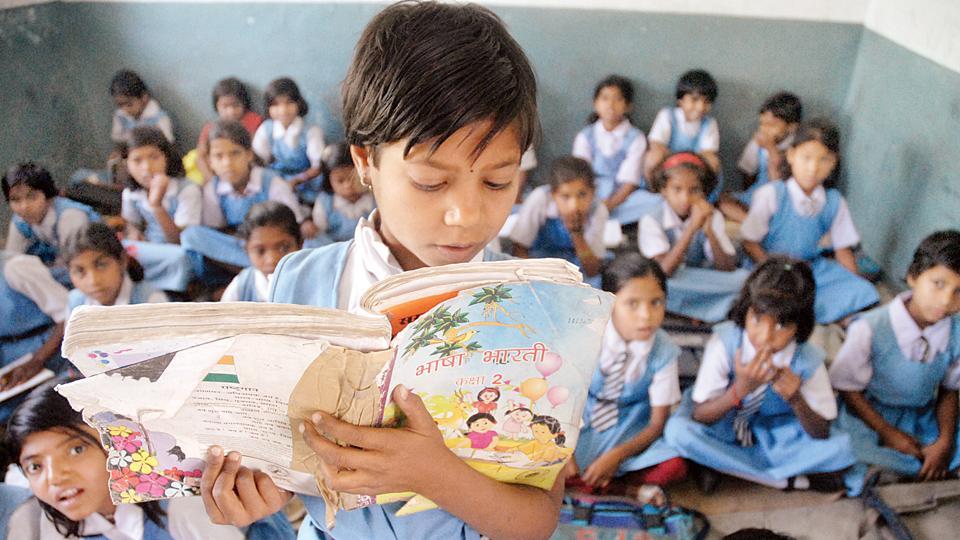Education reform needs a systematic approach

Approximately 29% of India’s population is below the age of 14, and, at 250 million, we have the highest number of school-going students in the world. Unfortunately, we also have a public education system that is failing the young population by denying them quality education.
To effect a large-scale transformation in education, a systemic approach, consisting of comprehensive and coordinated set of academic and administrative reforms, is needed. Academic interventions like competence-linked teaching, learning and assessments need to be accompanied by an overhaul of the existing governance structures.
Some states like Haryana, Rajasthan, Himachal Pradesh, Andhra Pradesh, Jharkhand, Madhya Pradesh and Odisha have implemented these system-level reforms, leading to many early successes. Here are five key lessons that emerge from these comprehensive change programmes that can be useful for other states in their effort to improve their public education systems.
One, embed grade competence in all classroom transactions: More than half of our children studying in government schools lack competencies appropriate to their grade levels, which when accumulated over the years, lead to significant learning gaps. This is because teachers focus on syllabus completion instead of emphasising the attainment of competencies. Haryana has instituted a system of saksham taalika that takes the shape of a table that defines grade competencies for all subjects for each two-month cycle in an academic year. These grade competencies are mapped to all teaching and learning material — specific chapters in the text books, state designed remedial programmes and teacher training programmes. To close the loop, assessments are conducted and mapped to the grade competence framework with standardised statewide Summative Assessment Tests (SATs), conducted every two months to track progress on these metrics over time.
Two, ingrain human enablement in the system: For quality delivery of education, it is important to empower frontline workers such as teachers as well as those working in the background such as education officers, state board officials, etc. with appropriate skills and resources. In recognition of this, states have taken several steps. Himachal Pradesh, for example, has launched the TeacherApp, which is a tech-based teacher training platform that provides bite-sized content for easy consumption by teachers. Remote training ensures that teachers do not lose time in travel and can upskill themselves continuously. Another great example of human enablement comes from Andhra Pradesh where an assessment cell has been created with 13 subject matter experts. This cell aims to build capacity of relevant stakeholders.
[“source=hindustantimes”]




